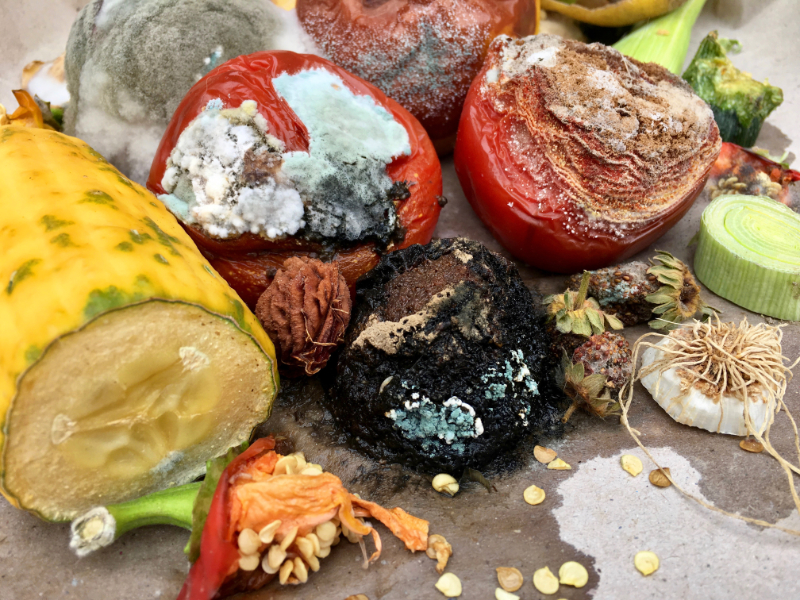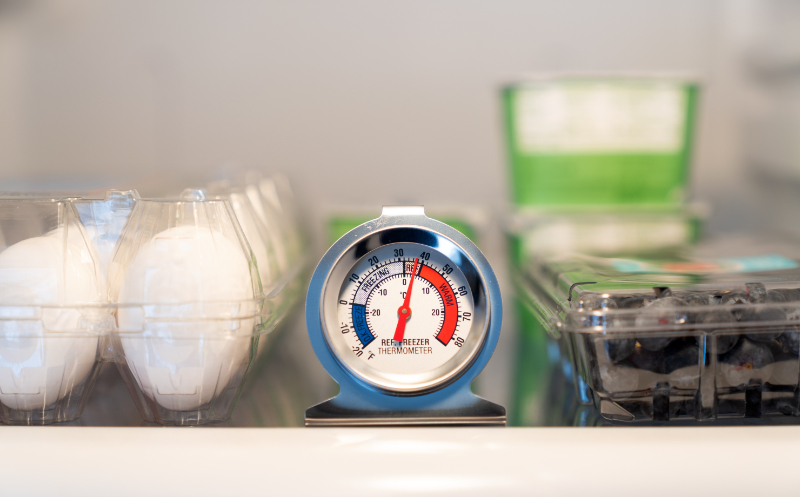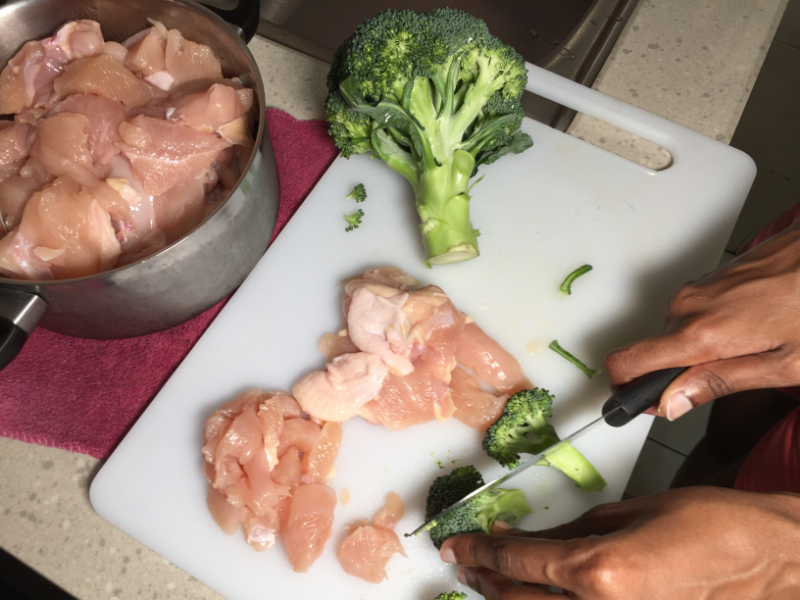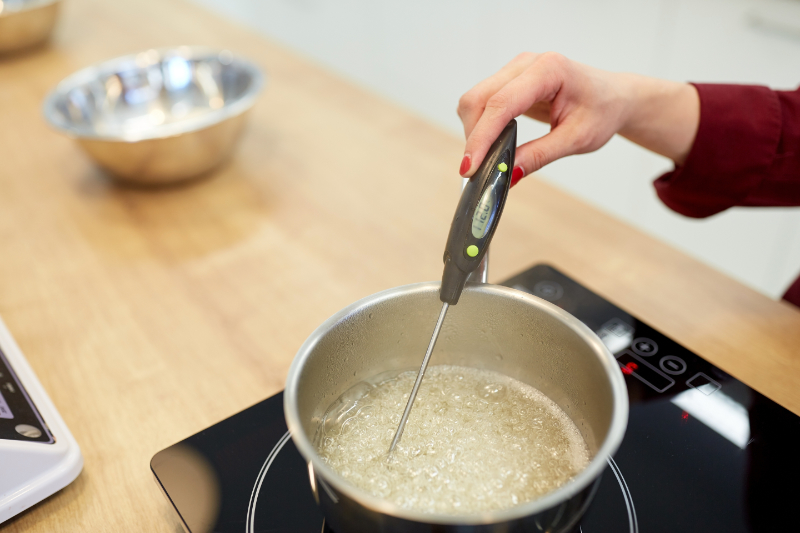If you work in a healthcare facility, food safety and diet are primarily done by another department. You may be more responsible for food safety if you work in assisted living or home care. Foodborne illness is defined as an illness that occurs from food contamination by bacteria, fungi, viruses, and other toxins (U.S. Department of Agriculture [USDA], 2025). These illnesses can cause harmful symptoms and death. The symptoms often present similarly to the flu and are not recognized as illnesses caused by harmful pathogens in the food. The symptoms can be immediate or can happen after a long time. A foodborne illness that happens quickly after eating the food is sometimes referred to as food poisoning. A bacterium most people are familiar with is Salmonella. Salmonella can be present in undercooked eggs or meat. Some symptoms associated with foodborne illness include upset stomach, diarrhea, vomiting, fever, and stomach cramps (USDA, 2025).
Notify your supervisor if you see these problems because the person may need to see a doctor. Food can have metals and poisons that do not cause problems immediately but can build over time. It is important to buy food from a trustworthy source to avoid metals and poisons (USDA, 2025). Certain populations of people are at higher risk of being harmed by contaminated food. This includes infants, young children, pregnant women, the elderly, and people with weakened immune systems and diseases (USDA, 2025). One reason for this is children, and elderly people dehydrate much faster than the average healthy person.
It is important that CNAs and HHAs are familiar with best food handling practices since the elderly people they care for often have problems getting food or may not know how to cook. Their sense of taste, smell, or vision can be poor, so they may not understand the food can be harmful to their health.
The bottom line is that safe handling of food stops illness. Washing your hands and keeping surfaces clean is very important. Sometimes, it is obvious that the food is spoiled. But sometimes, metals, poison, and bacteria that can cause illness cannot be seen, smelled, or tasted. Perishable foods will likely spoil, decay, or become unsafe to eat if not refrigerated. Meat and cooked leftovers are examples of perishable foods. The FoodKeeper App, developed by FoodSafety.gov, can provide help with recommendations on storing food safely. This app can be downloaded here. It is not safe to store perishable food for more than an hour in areas where the temperature is over 90°F, or 32.2°C (U.S. Food and Drug Administration [FDA], 2023). Non-perishable foods do not have to be refrigerated and are good for a long time. Some non-perishable food, such as mayonnaise or salad dressing, must be refrigerated after opening. The label will tell you if the open container needs refrigeration (FDA, 2023).











